¡Hola mis queridos amigos de Hive amantes de la ciencia!
¡Hello my dear science-loving Hive friends!
El sistema inmunitario es el principal encargado de combatir toda bacteria, virus, parasitos, hongos entre otros, nos garantiza inmunidad a nuestro organimo para que este libre de las enfermedades, existen diversos microorganismos que pueden ser oportunistas y causarnos la enfermedad, el sistema inmunitario está compuesto de diversas células que van a tener un papel fundamental y protagonico en la humanidad, ellas se van adaptar estando presentes y distribuidas por toda la sangre, estarán dispersas mayormente en todos los téjidos, conoce en este post cuáles son estas células que actúan en nosotros para permitirnos inmunidad.
The immune system is the main responsible for fighting all bacteria, viruses, parasites, fungi and others, it guarantees immunity to our organism to be free of disease, there are several microorganisms that can be opportunistic and cause disease, the immune system is composed of several cells that will have a fundamental role and protagonist in humanity, they will adapt being present and distributed throughout the blood, will be scattered mostly in all tissues, know in this post what are these cells that act in us to allow us immunity.
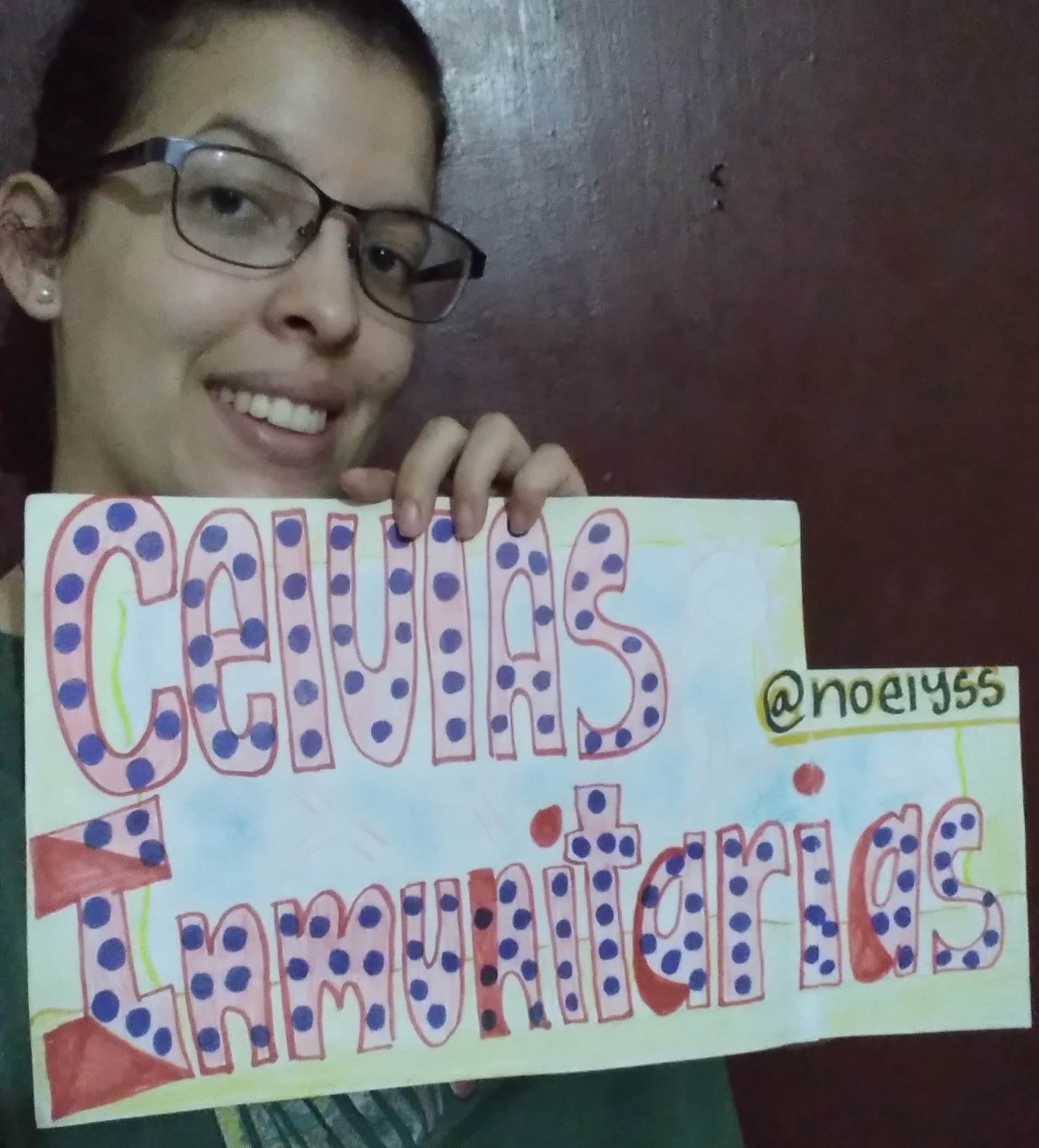 Bienvenidos amigos de Hive.
Bienvenidos amigos de Hive.Las células inmunitarias, se van a formar en la médula osea para que se puedan convertir en diferentes tipos de glóbulos rojos, van actuar como respuesta inmunitaria estas serán. Los macrófagos, neutrófilos, basófilos, mastocitos, eusinófilos, plasmocitos, linfocitos B, linfocitos T y por último las células déntrificas, conozcamos más acerca de las mismas.
Immune cells will be formed in the bone marrow so that they can become different types of red blood cells, they will act as an immune response these will be. Macrophages, neutrophils, basophils, mast cells, eusinophils, plasmacytes, B lymphocytes, T lymphocytes and finally the dendritic cells, let's know more about them.
Macrófagos: Primeramente serán monocitos y leucocitos, que se formarán en la médula osea para luego pasar por toda la sangre, hasta poderse convertir en macrófagos, estos van a rodear y distribuir toda célula que sea no buena, cabe destacar que también pueden contener células no deseadas para que puedan ser captados de mejor manera por los linfocitos, para que así puedan garantizar respuesta inmune específica, serán células que presentan antígenos.
Macrophages: First they will be monocytes and leukocytes, which will be formed in the bone marrow and then pass through all the blood, until they can become macrophages, these will surround and distribute any cell that is not good, it should be noted that they may also contain unwanted cells so that they can be better captured by lymphocytes, so they can ensure specific immune response, they will be cells that present antigens.
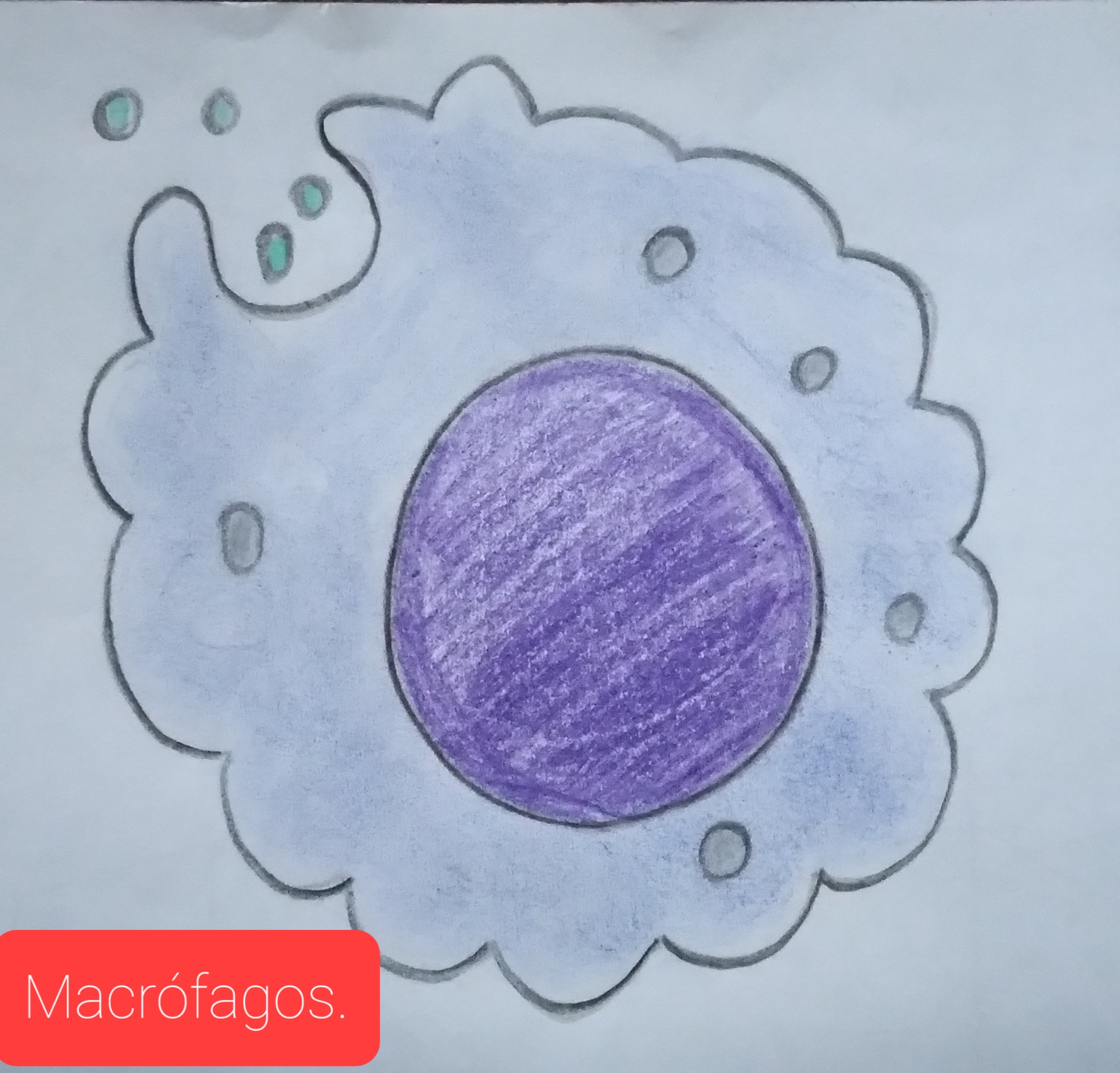
Neutrófilos: Serán las primeras células que van a llegar al lugar de la infección, podrán alimentarse de microorganismos invasores, para que pueda liberar proteína que van tener por nombre enzimas.
Neutrophils: They will be the first cells to arrive at the site of infection, they will be able to feed on invading microorganisms, so that they can release proteins called enzymes.
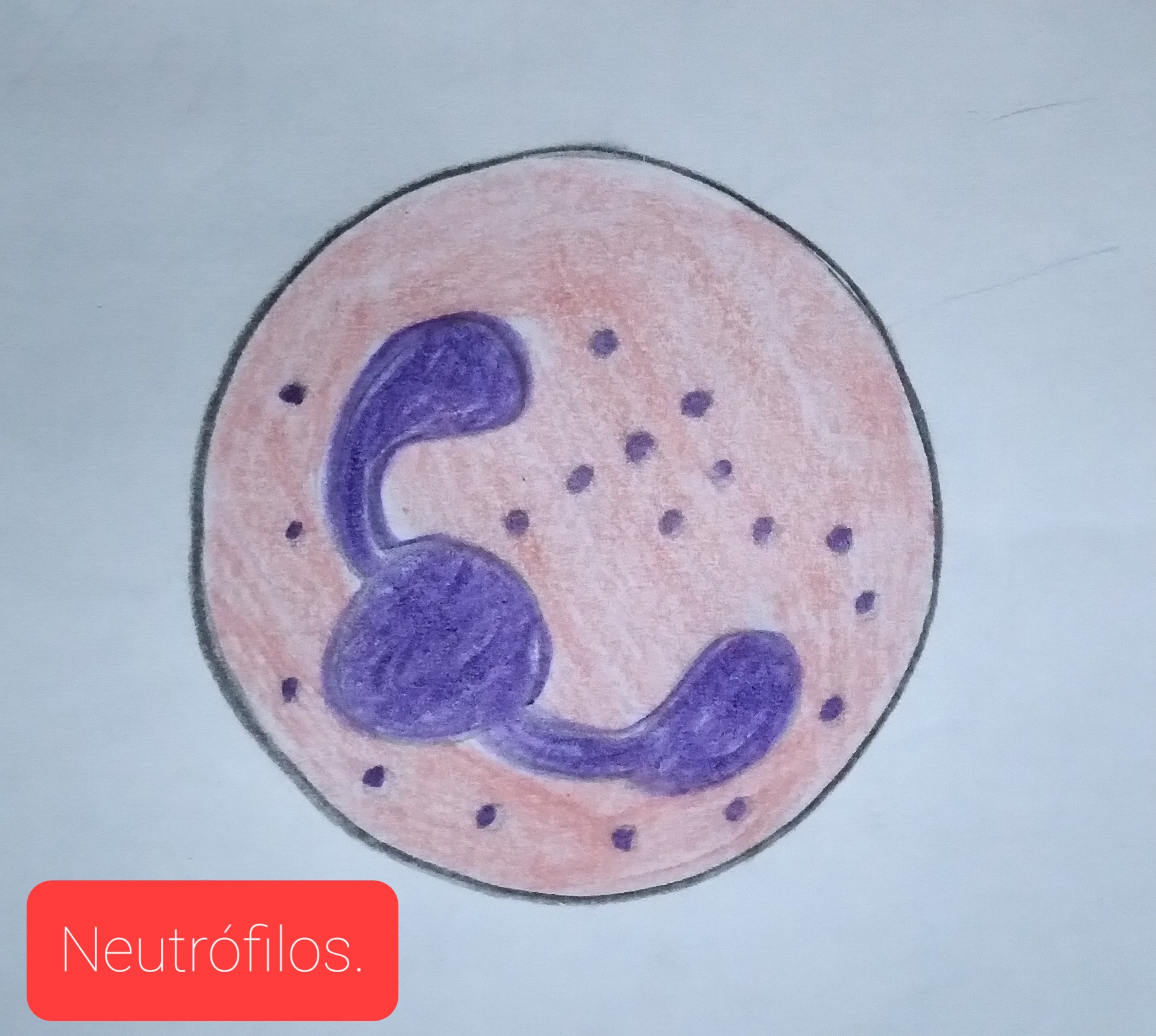
Mastocitos: Estas células será el principal protagonismo en la liberar otros agentes que puedan actuar en la inflamación, para así aumentar las defensas y evitar las reacciones de alergias.
Monocytes: These cells will be the main protagonist in releasing other agents that may act on inflammation, thus increasing defenses and avoiding allergic reactions.

Linfocitos B: Estos se van agrupar ubicándose en los ganglios linfáticos y en otros lugares del organismo, no tendrán la capacidad de destruir sustancias no deseadas, ya que sólo podrán reconocer los sus propios antígenos específicos para poderse unir a ellos, podrán destruir antígenos y dar instrucciones para que los linfocitos T, hagan sus funciones.
B lymphocytes: These lymphocytes are grouped in the lymph nodes and other places of the organism, they will not have the capacity to destroy unwanted substances, since they can only recognize their own specific antigens in order to bind to them, they can destroy antigens and give instructions to the T lymphocytes to perform their functions.
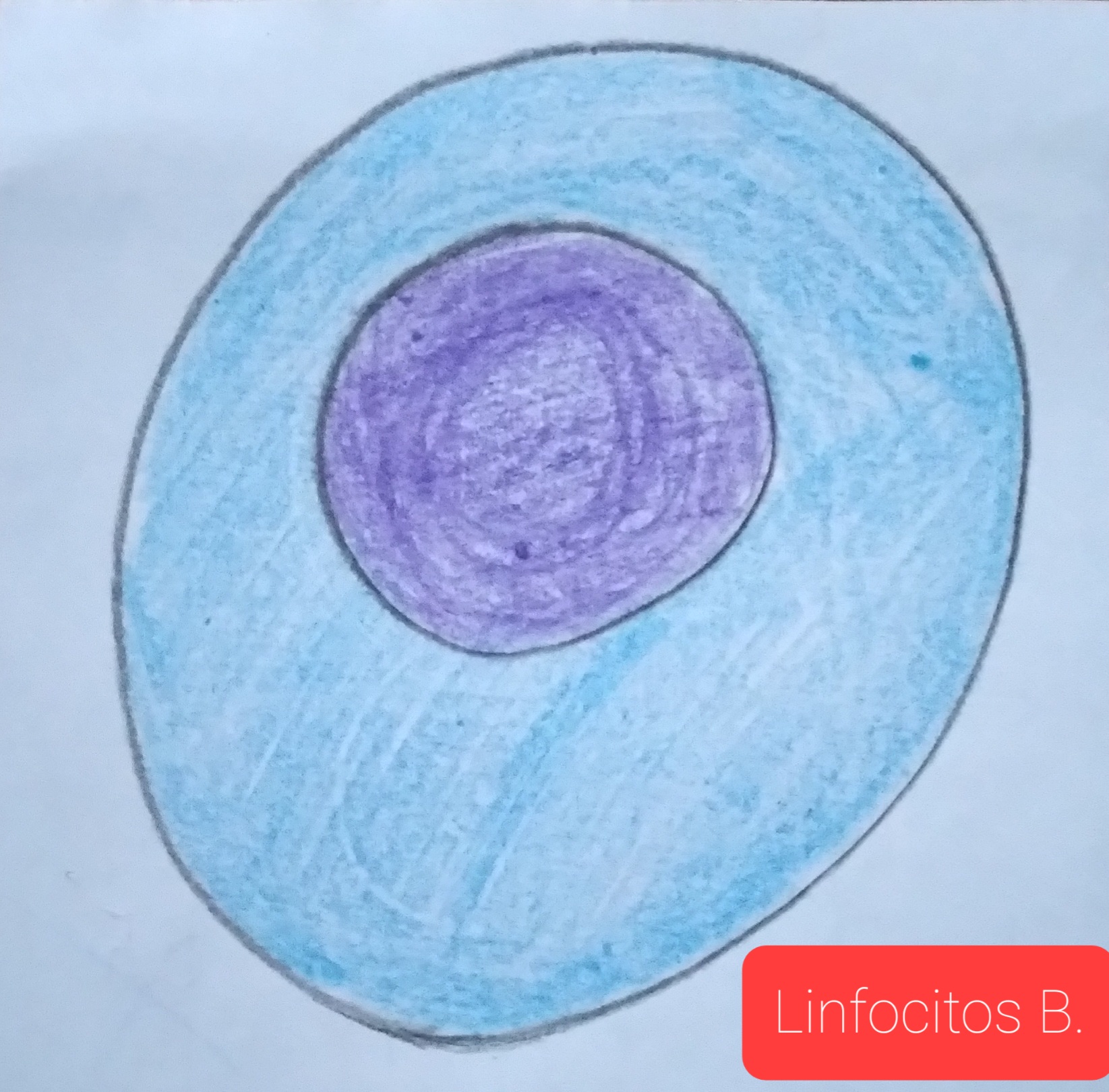
Linfocitos T: Estos una vez que se forman en la médula osea se van a mover al timo, que es una glándula que estará detrás del esternón, ahí mismo en ese lugar podrá madurar, así podrán unirse en el bazo y ganglios linfáticos para que que así puedan captar o reconocer sus propios virus específicos u otras bacterias indeseadas reaccionando de igual manera a los anticuerpos.
T lymphocytes: These once formed in the bone marrow will move to the thymus, which is a gland that will be behind the sternum, right there in that place it can mature, so they can join in the spleen and lymph nodes so that they can capture or recognize their own specific viruses or other unwanted bacteria reacting in the same way to antibodies.
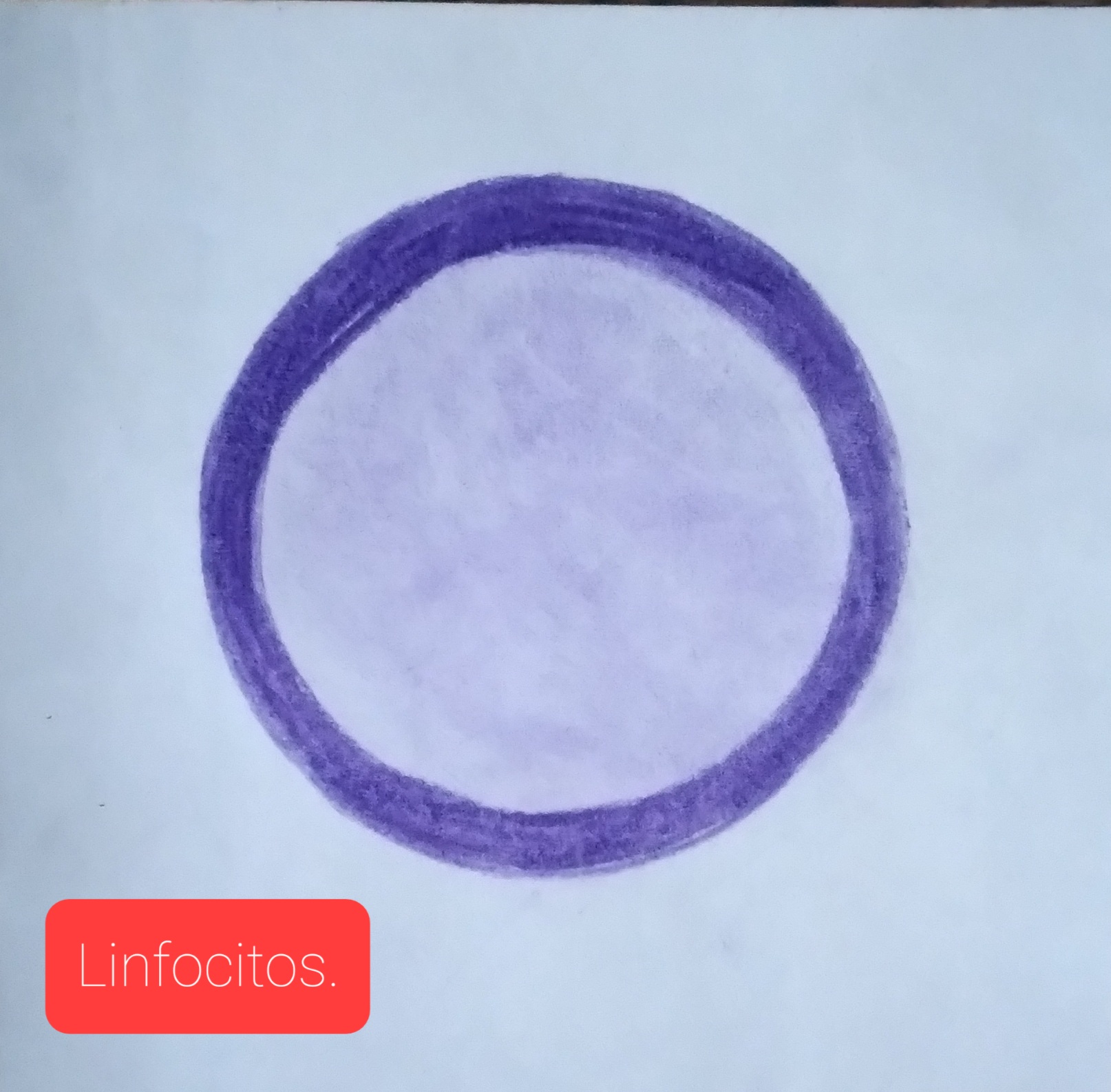
Células Déntrificas: Estas van a estar distribuidas en todas los vasos sanguíneos, téjidos y en la piel, éstas células tendrán buenos antígenos que van a permitir encontrar cuerpos extraños, para así destruirlos, van a ingresar en células que concentrarán a otros linfocitos y ganglios linfáticos, activando así para garantizar respuestas inmunitaria específicas.
Dendritic Cells: These cells will be distributed in all blood vessels, tissues and skin, these cells will have good antigens that will allow them to find foreign bodies, to destroy them, they will enter cells that will concentrate other lymphocytes and lymph nodes, thus activating them to ensure specific immune responses.
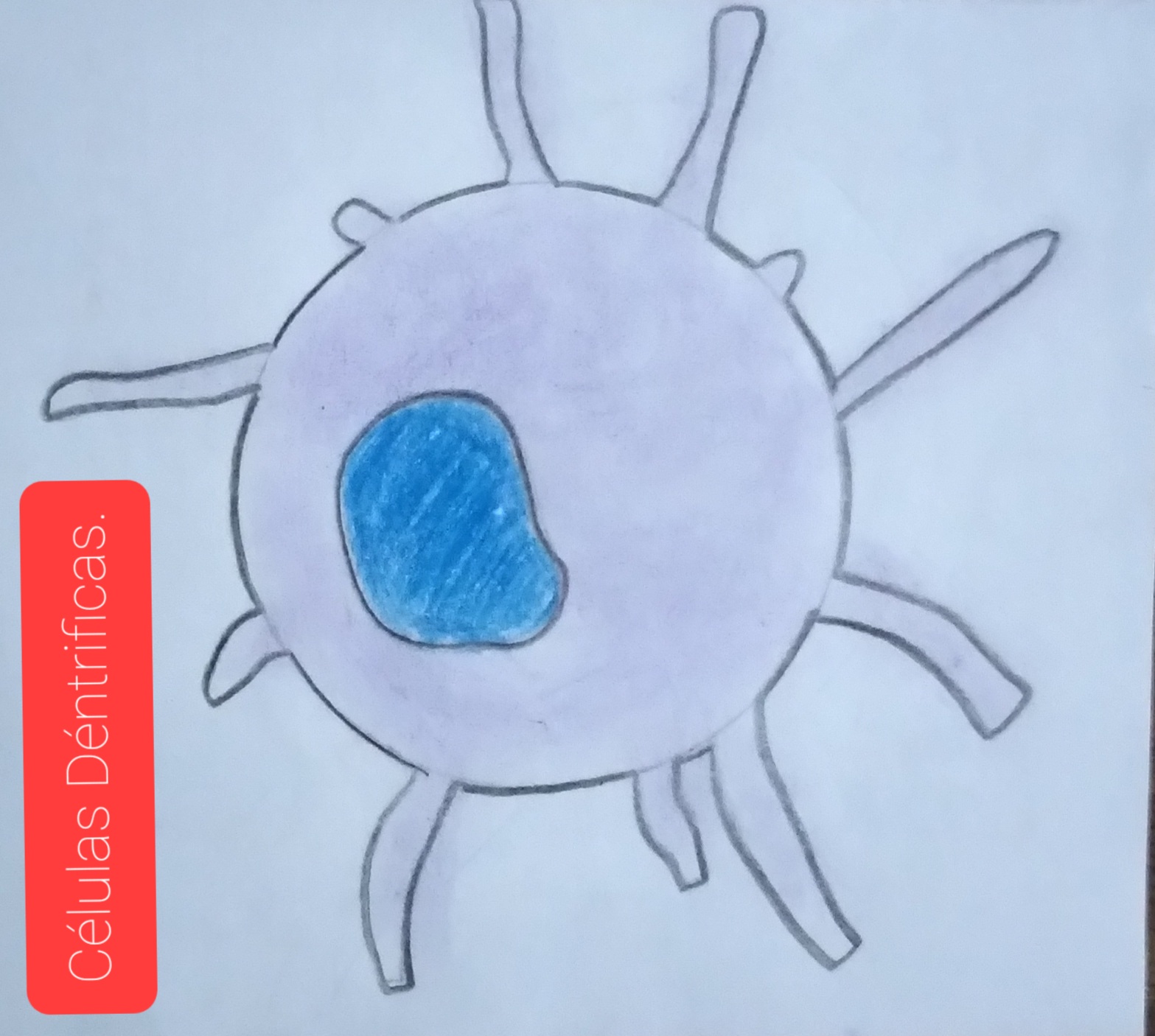
Eusinófilos: Es un leucocito que pertenece al tipo de granulocito pequeño, que también se va formar en la médula osea, sólo tendrá un tiempo de circulación sanguínea de 6 a 12 horas, para luego distribuirse en los téjidos.
Eusinophils: It is a leukocyte belonging to the small granulocyte type, which will also be formed in the bone marrow, it will only have a blood circulation time of 6 to 12 hours, and then distributed in the tissues.
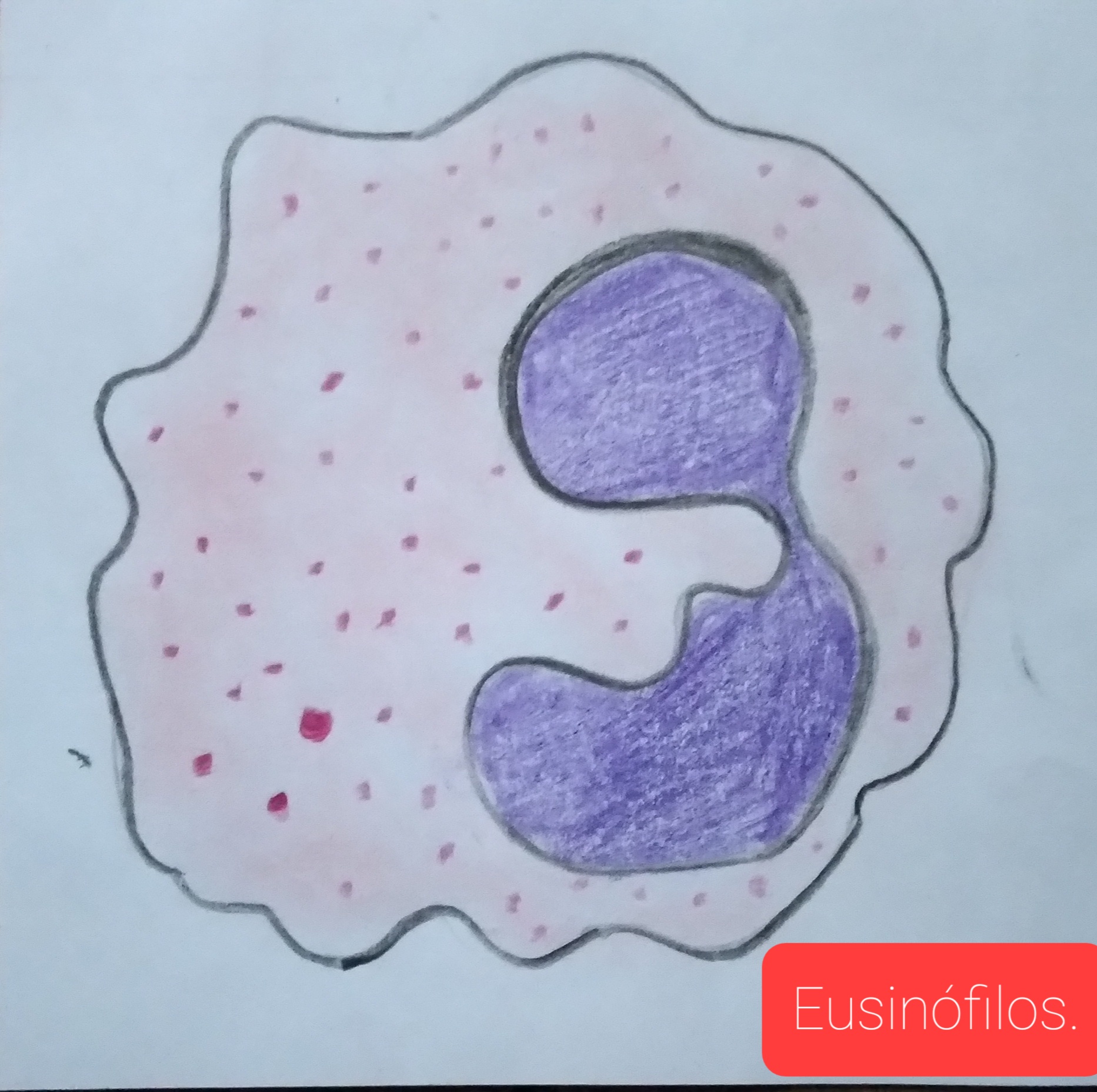
Plasmocitos: Esta célula inmunitaria tendrá como función elaborar anticuerpos específicos, van a evolucionar de las células B, que se lograrón activar.
Plasmacytes: This immune cell will have the function to elaborate specific antibodies, they will evolve from the B cells, which will be activated.
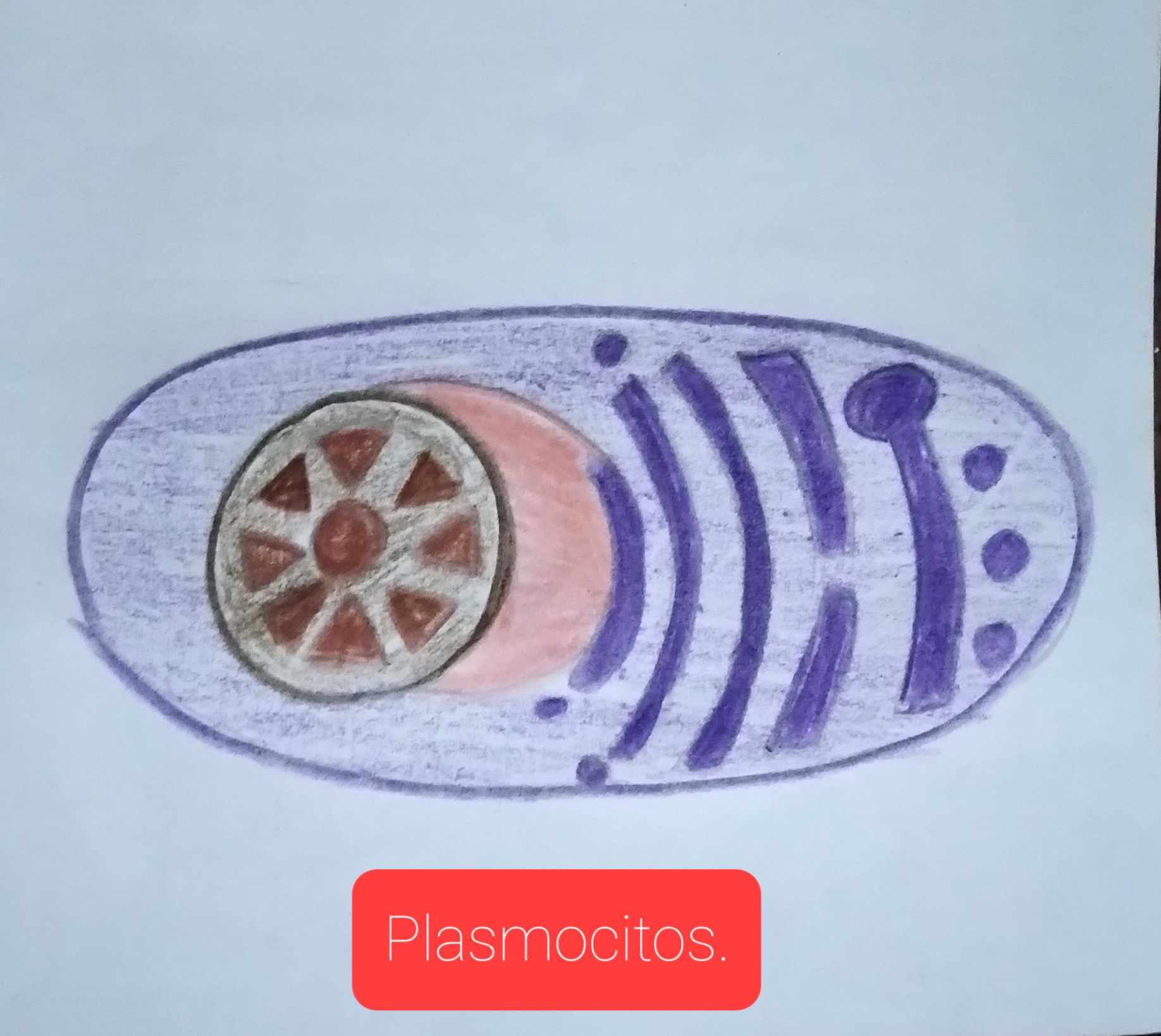
Referencia Informativa: Información obtenida y analizada por mi gracias a la cátedra de Histología Bucal y General. Facultad de Odontología, Universidad del Zulia.
Informative Reference: Information obtained and analyzed by me thanks to the chair of Oral and General Histology. Faculty of Dentistry, University of Zulia.

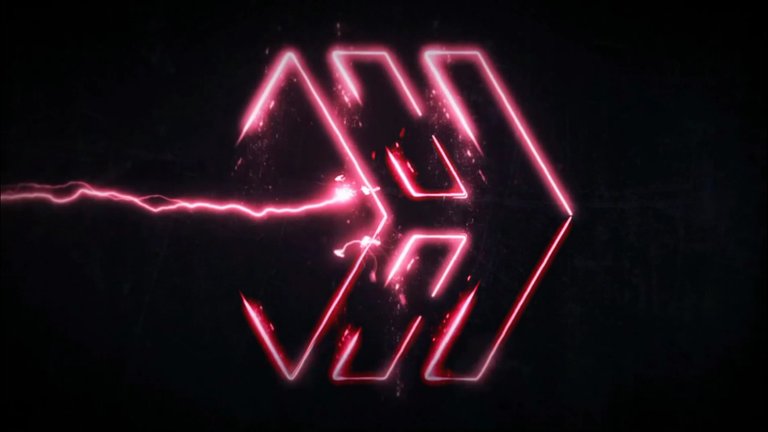 créditos @doze
créditos @doze

Texto traducido en Deelp
Su post ha sido valorado por @ramonycajal
Muchas gracias @ramonycajal
Congratulations @noelyss! You have completed the following achievement on the Hive blockchain and have been rewarded with new badge(s):
Your next target is to reach 35000 upvotes.
You can view your badges on your board and compare yourself to others in the Ranking
If you no longer want to receive notifications, reply to this comment with the word
STOPCheck out the last post from @hivebuzz:
Support the HiveBuzz project. Vote for our proposal!